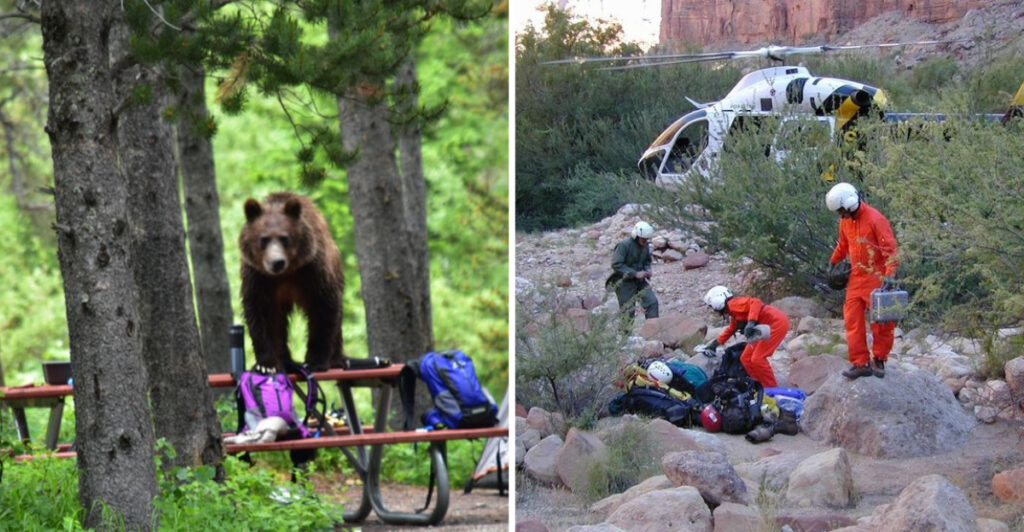Explore the wild side of America with our handpicked list of the riskiest camping destinations. Ranging from rugged terrains to unpredictable weather, these spots promise an adventure like no other. Each location presents unique challenges and thrills, perfect for those seeking to push their limits. Read on to uncover 16 destinations where nature’s raw beauty meets untamed danger.
Glacier National Park, Montana
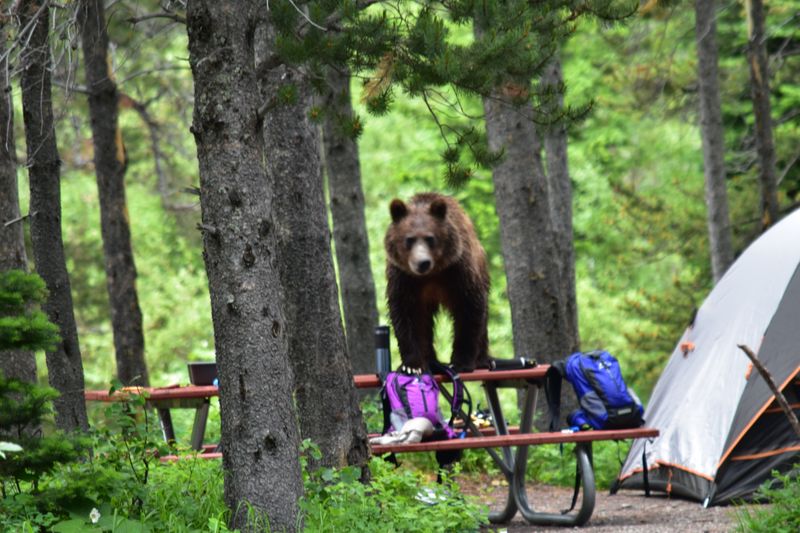
In Glacier National Park, nature’s grandeur comes with its own set of risks. Towering glaciers and unpredictable weather can turn a peaceful hike into a daring adventure. Bears and other wildlife roam freely, adding to the excitement and potential danger.
The trails, while breathtaking, can be treacherous, especially in icy conditions. Camping here means being prepared for rapid weather changes and knowing how to handle unexpected wildlife encounters.
Did you know? The park’s famous Going-to-the-Sun Road often closes due to avalanches, making timing crucial for your visit.
Denali National Park, Alaska
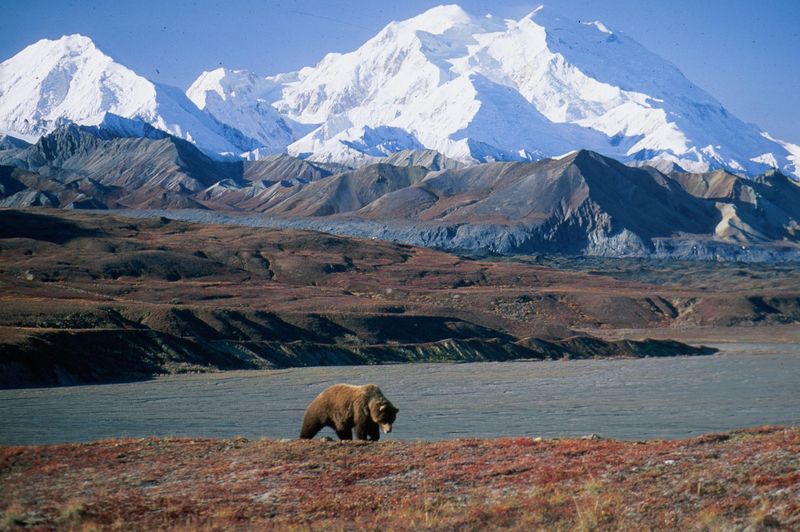
Denali National Park, with its majestic peaks, offers campers an exhilarating yet challenging experience. The harsh Alaskan wilderness demands respect and thorough preparation. Temperatures can plummet rapidly, and snowstorms are not uncommon even in summer.
Wildlife, including moose and grizzly bears, are frequent sightings. Campers must be vigilant and aware of their surroundings at all times.
Fun Fact: Denali, North America’s highest peak, was once named Mount McKinley. Its sheer size and beauty continue to draw adventurers from around the globe.
Great Smoky Mountains, Tennessee/North Carolina
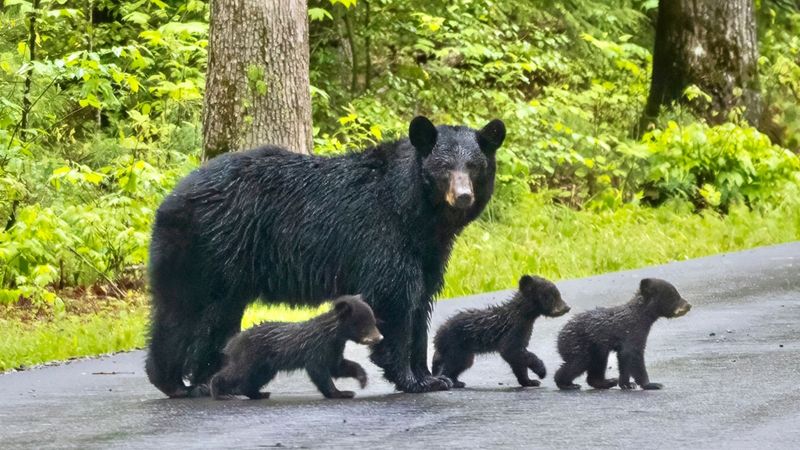
The Great Smoky Mountains, shrouded in mist, offer both beauty and risk. Frequent fog and rain can obscure trails, making navigation tricky. Sudden weather changes and slippery paths require caution and preparedness.
Black bears are a common sight, and campers must adhere to strict food storage regulations to avoid unwanted encounters.
Interesting Fact: The park is home to over 1,500 black bears, making it one of the most densely populated bear habitats in the eastern U.S.
Grand Canyon National Park, Arizona
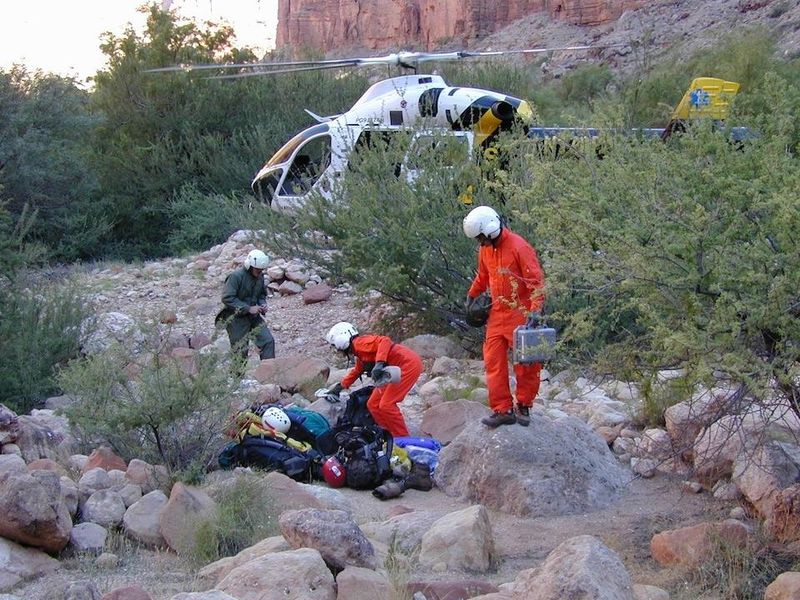
Grand Canyon National Park is a marvel of nature, but its beauty comes with hazards. The steep and rugged terrain can be challenging, especially for inexperienced hikers. The heat can be intense, leading to dehydration and heatstroke.
Visitors must carry ample water and be prepared for sudden temperature changes between the rim and the canyon floor.
Did you know? The Grand Canyon is one of the most studied geological landscapes in the world, providing insight into Earth’s history spanning billions of years.
Yellowstone National Park, Wyoming
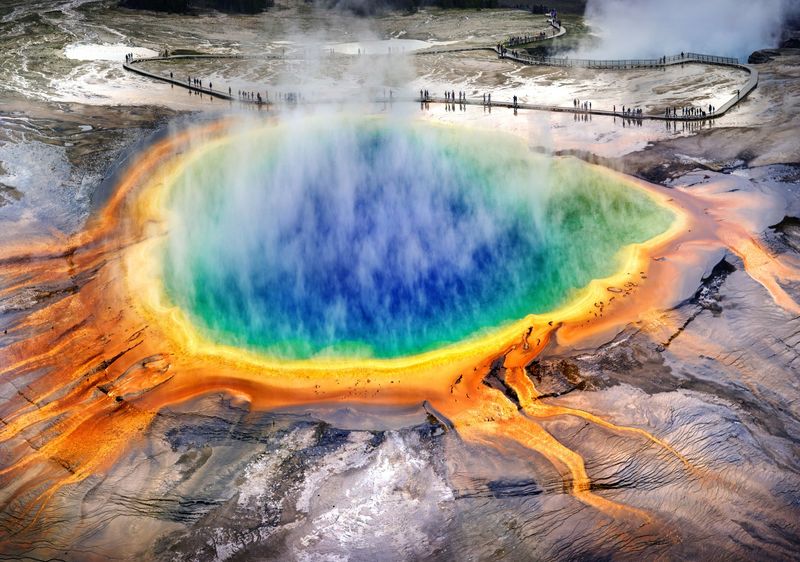
Yellowstone, the world’s first national park, is a land of geothermal wonders and dangers. Geysers and hot springs are stunning yet perilous. Campers must heed warnings and stay on designated paths to avoid injury.
Wildlife, including bison and bears, add to the unpredictability of camping here. Being bear-aware is crucial for a safe adventure.
Fun Fact: Yellowstone sits atop a supervolcano, and the park experiences thousands of small earthquakes each year, a reminder of its volatile nature.
Zion National Park, Utah
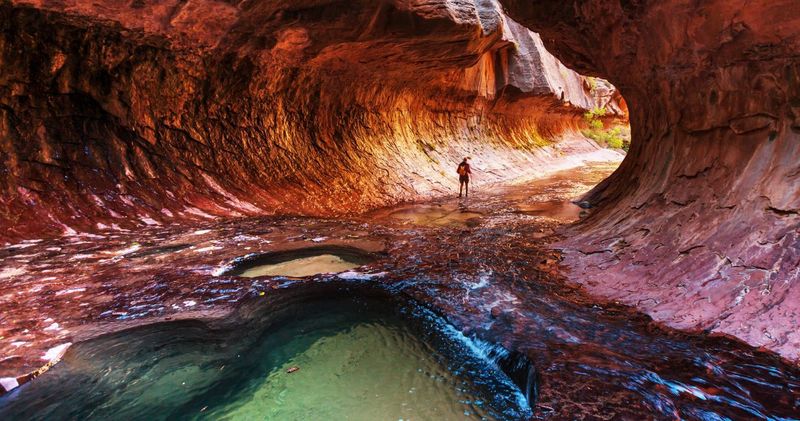
Zion National Park, known for its stunning canyons, is a paradise packed with thrills. Narrow slots and steep cliffs challenge even seasoned campers. Flash floods are a serious risk, especially in The Narrows, where the river can rise rapidly.
Visitors must be aware of weather forecasts and water levels. Proper gear and planning are essential to navigate this breathtaking yet perilous landscape.
Did you know? Zion was Utah’s first national park, and its unique geology attracts millions of visitors each year.
Joshua Tree National Park, California
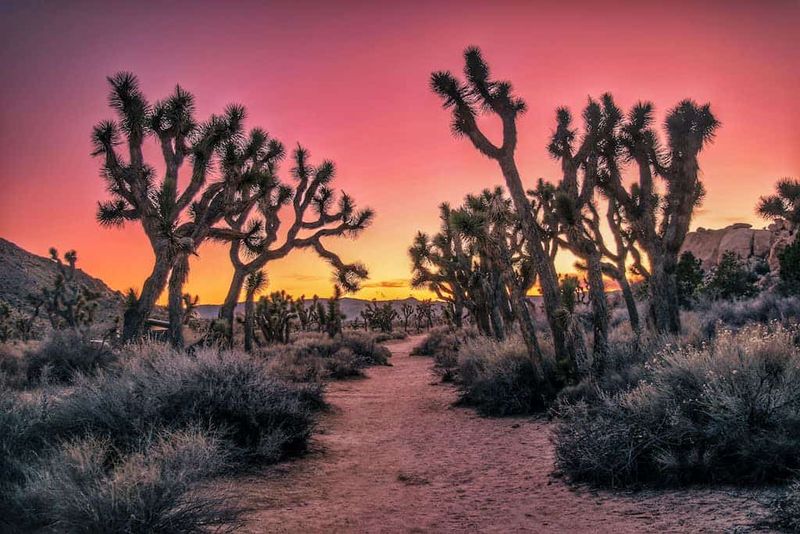
Joshua Tree National Park combines desert landscapes with challenging conditions. Extreme temperatures and limited water sources require careful planning and resilience.
The park’s remote location means help is not readily available, and campers must be self-sufficient. The stunning night skies offer solace and beauty amidst the harshness of the desert.
Fun Fact: The park is named after the Joshua trees, which early settlers thought resembled the prophet Joshua raising his hands to the sky.
Olympic National Park, Washington
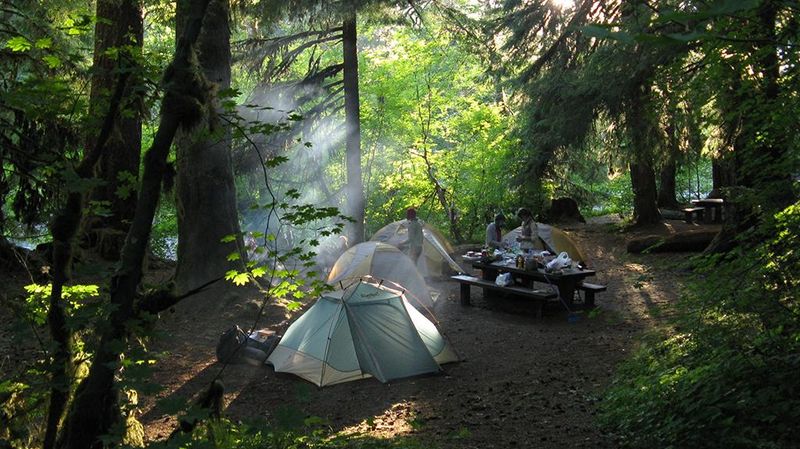
Olympic National Park is a diverse wilderness, home to rainforests and rugged coastlines. Continuous rain and slippery trails pose challenges for campers. Proper gear and vigilance are essential to navigate this wet paradise.
The park’s isolation adds to the thrill and risk, with wildlife encounters including elk and cougars.
Interesting Fact: Olympic’s diverse ecosystems, from rainforests to alpine meadows, make it one of the most unique and captivating parks in the United States.
Death Valley National Park, California
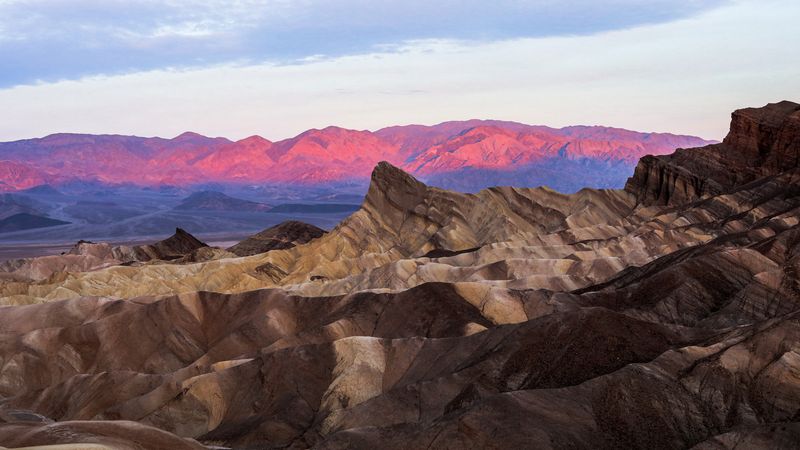
Death Valley, one of the hottest places on Earth, offers a stark beauty with its barren landscapes. The intense heat poses significant risks, making hydration and sun protection crucial.
Navigating the vast desert requires skill and preparation, as getting lost can be dangerous. Despite the harsh conditions, the park’s unique landscapes attract adventurers seeking solitude.
Fun Fact: Death Valley holds the record for the highest air temperature ever recorded on Earth at 134°F (56.7°C) in 1913.
Rocky Mountain National Park, Colorado
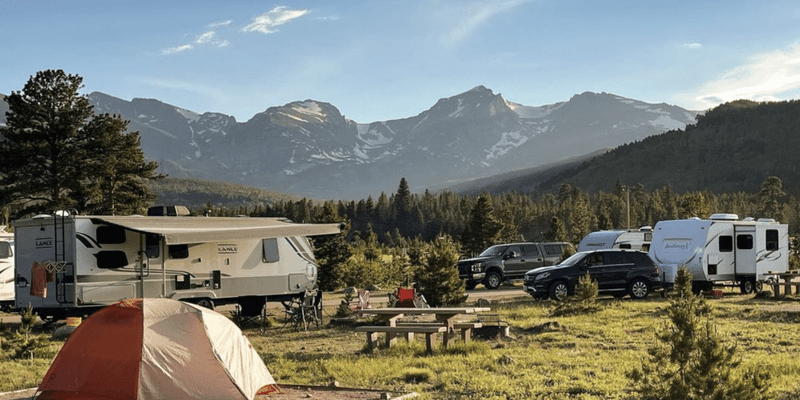
The rugged Rocky Mountains present a formidable challenge for campers. Weather can change rapidly, with snowstorms occurring at any time of year, adding an element of unpredictability.
Altitude sickness is a concern, and campers must acclimatize properly to the high elevations. The park’s beauty lies in its stark contrasts and the thrill of conquering its peaks.
Did you know? The park is home to the Continental Divide, which separates the watersheds of the Atlantic and Pacific Oceans.
Everglades National Park, Florida
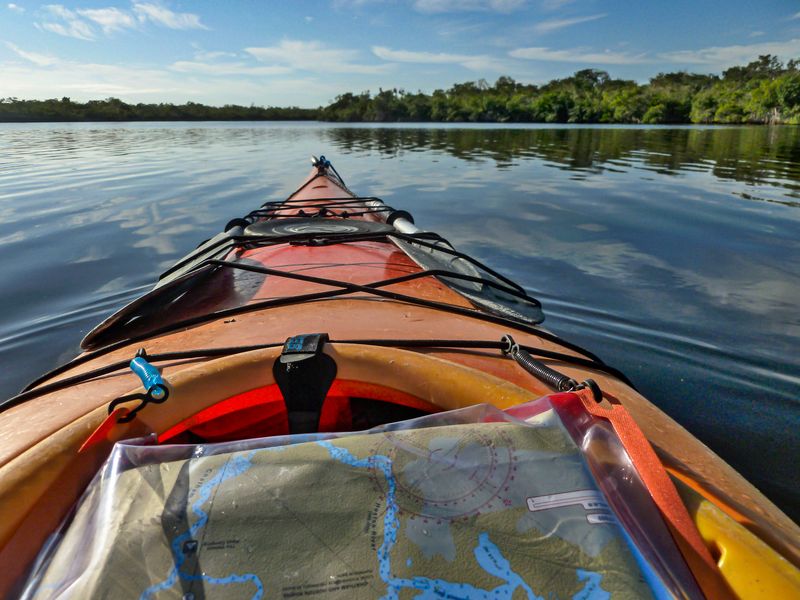
The Everglades’ vast wetlands are a haven for wildlife and adventure-seekers. Navigating the waterways requires caution, as alligators and snakes are prevalent.
The park’s humid climate and mosquitoes can be challenging, making proper gear and insect repellent essential. Understanding the tides and water levels is crucial for a safe journey.
Fun Fact: The Everglades is the only place in the world where alligators and crocodiles coexist, adding to its unique appeal.
Sequoia National Park, California
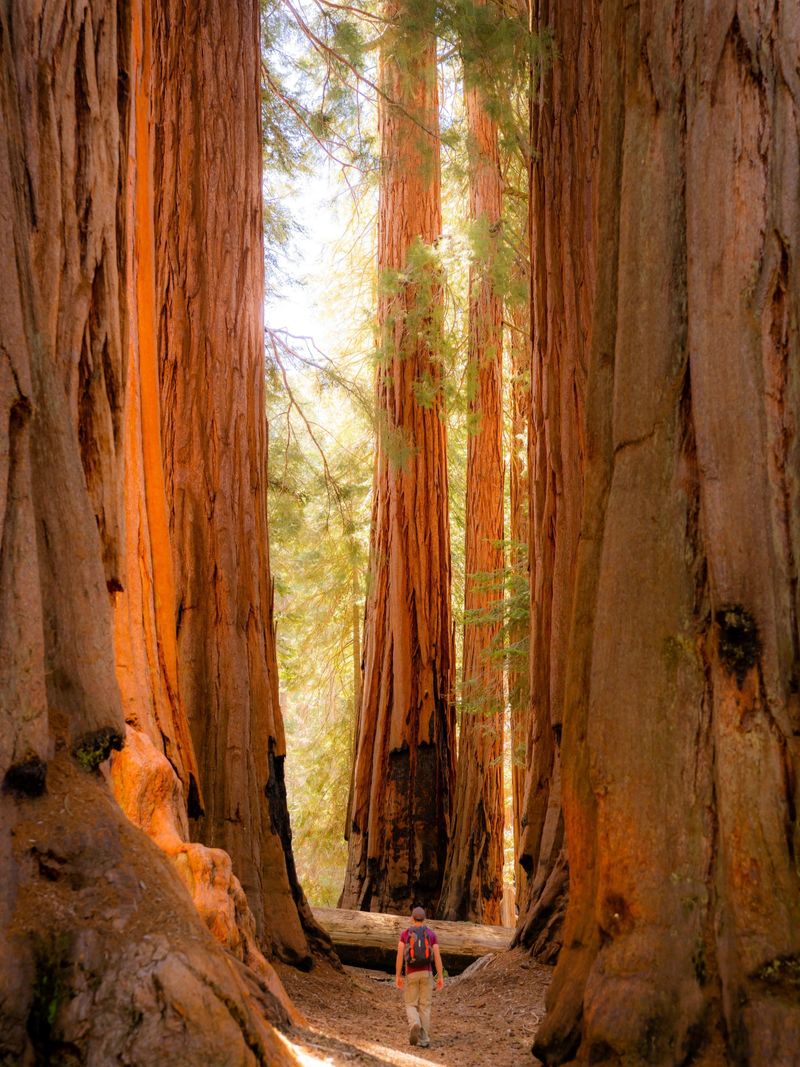
Sequoia National Park is home to some of the world’s largest trees, offering a majestic yet formidable camping experience. The park’s elevation can lead to altitude sickness, and sudden weather changes are common.
Navigating the dense forests requires skill, as getting lost can be dangerous. Despite the challenges, the awe-inspiring sequoias make it a worthwhile adventure.
Did you know? The park’s General Sherman Tree is the largest known living single-stem tree on Earth, attracting thousands of visitors annually.
Arches National Park, Utah
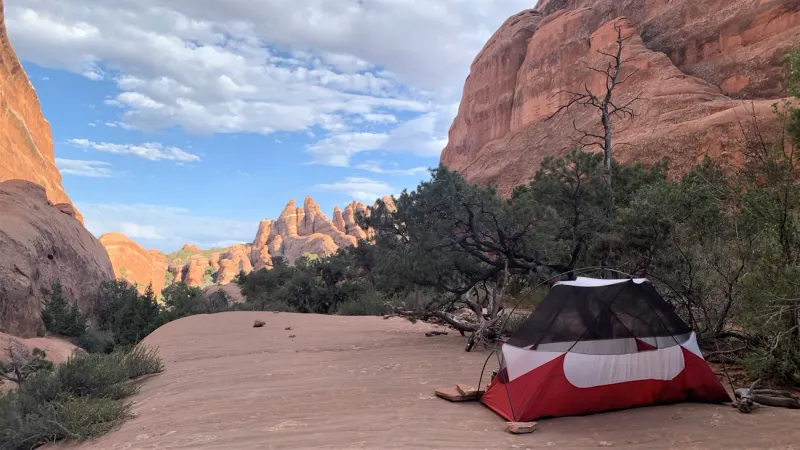
Arches National Park, famous for its natural arches, offers a unique yet challenging camping experience. The desert environment requires ample water and sun protection.
Navigating the rocky terrain calls for sturdy footwear and caution, as falls can lead to injury. The park’s isolation adds to the adventure, with limited facilities available.
Fun Fact: Arches is home to over 2,000 natural stone arches, showcasing nature’s artistry in the heart of the desert.
Acadia National Park, Maine
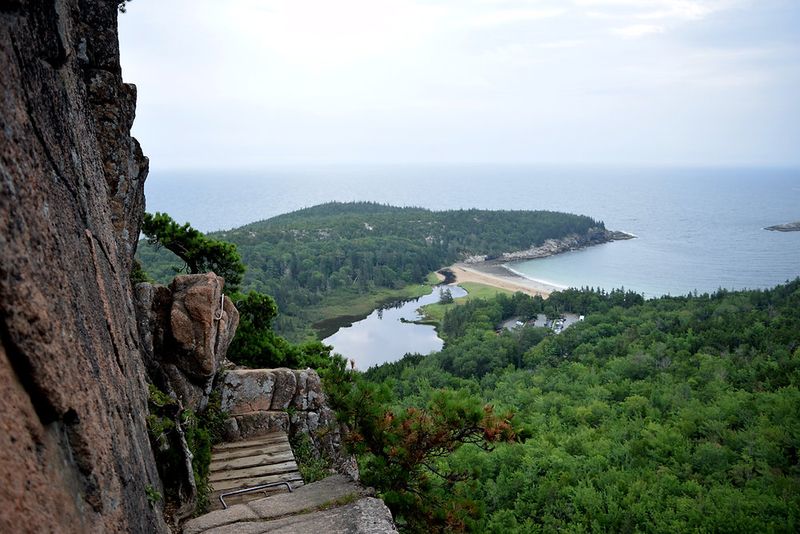
Acadia’s rugged coastline presents both beauty and danger. The park’s weather can change rapidly, with dense fog and rain making trails slippery and challenging.
Cliffs and rocky shores demand respect, as falls can be hazardous. Despite the risks, Acadia’s stunning vistas and diverse ecosystems attract adventurers.
Did you know? Acadia was the first national park established east of the Mississippi River, preserving its unique landscapes for future generations.
Haleakalā National Park, Hawaii
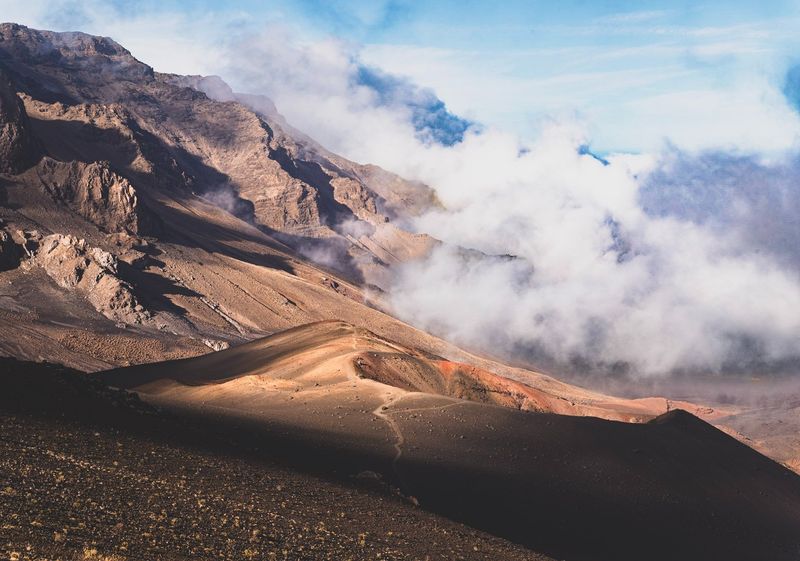
Haleakalā’s volcanic landscapes offer a thrilling and risky camping experience. The high altitude and chilly temperatures require careful preparation and acclimatization.
The park’s isolation adds to its allure, with the chance to witness breathtaking sunrises over the crater. Navigating the rugged terrain requires skill and caution.
Fun Fact: “Haleakalā” means “House of the Sun” in Hawaiian, and the park’s unique landscapes are deeply rooted in local legends and culture.
Kauai’s Na Pali Coast, Hawaii
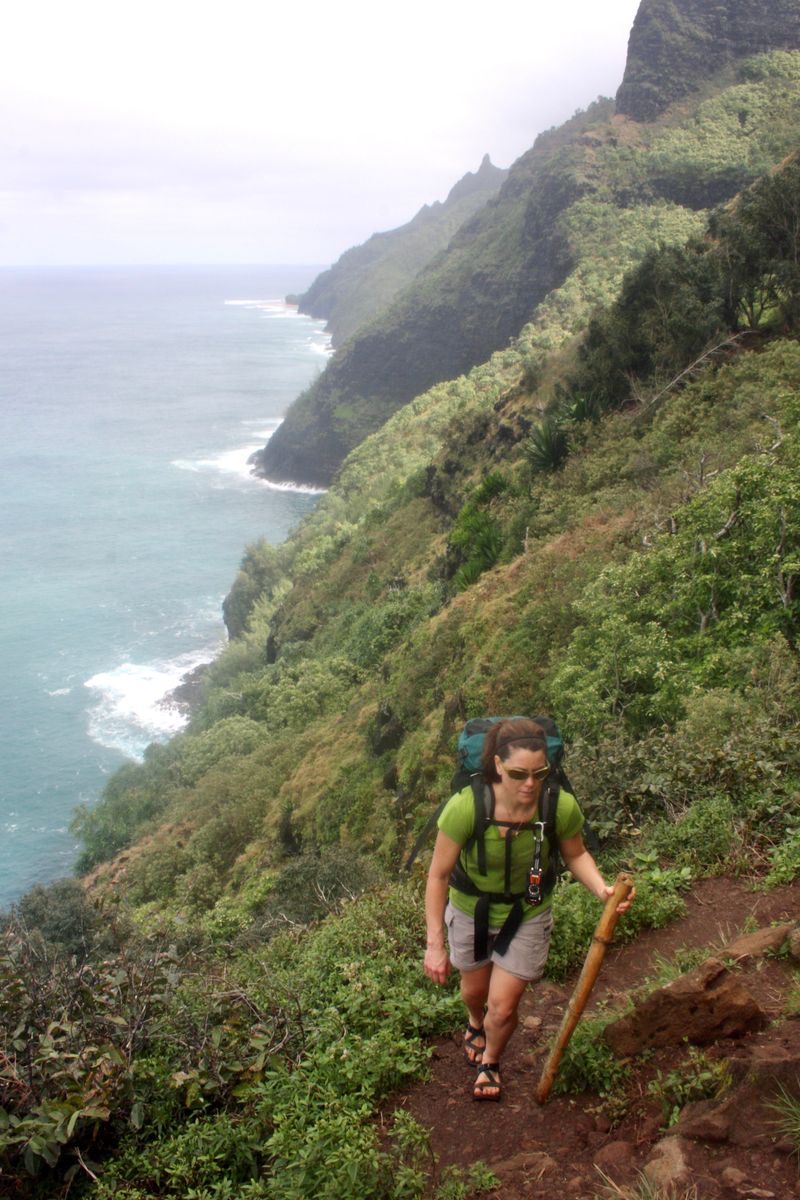
Imagine hiking a trail where every step could lead to awe-inspiring views or potential danger. The Kalalau Trail on Kauai’s Na Pali Coast is exactly that. With its steep, narrow paths, this trail is not for those afraid of heights.
Weather conditions can change rapidly, turning the trail into a slippery challenge. Despite its risks, the trail rewards with unmatched views of the Pacific Ocean and lush valleys.
Did you know? The Na Pali Coast was featured in several blockbuster films, highlighting its cinematic beauty. Adventurers must be prepared and cautious to enjoy this wild paradise.

